Home>Dining>Tableware>How To Identify Unmarked Crystal Stemware
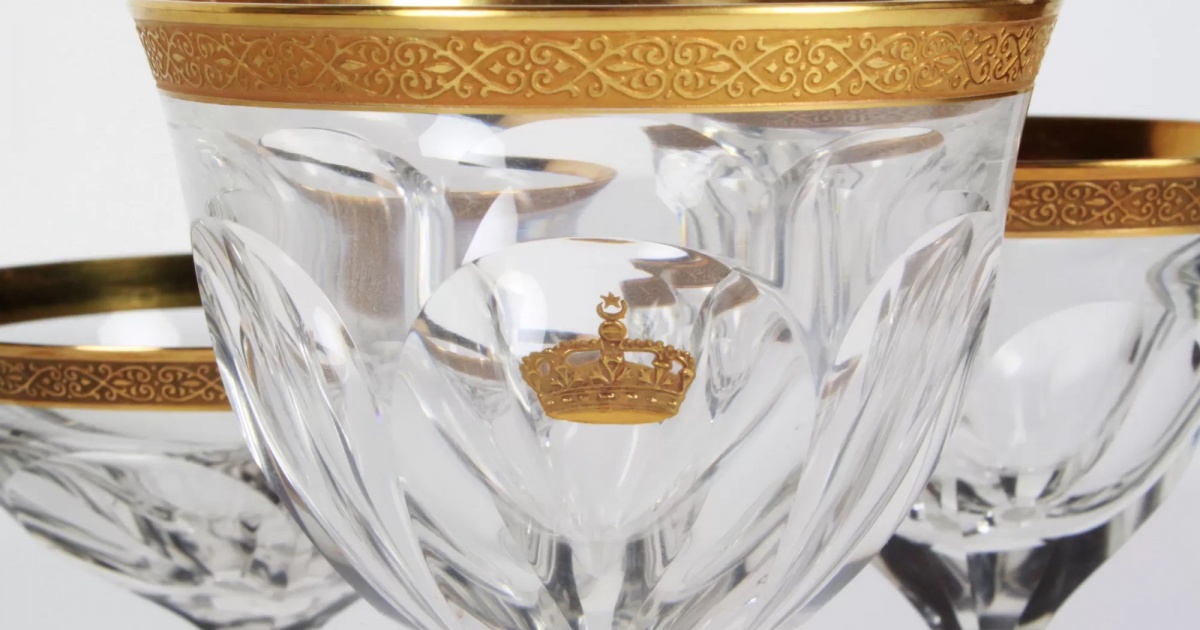

Tableware
How To Identify Unmarked Crystal Stemware
Modified: May 6, 2024
Looking to identify unmarked crystal stemware? Learn how to spot tableware made of crystal without any brand or marking.
(Many of the links in this article redirect to a specific reviewed product. Your purchase of these products through affiliate links helps to generate commission for Storables.com, at no extra cost. Learn more)
Introduction
When it comes to tableware, few things exude elegance and sophistication quite like crystal stemware. The delicate beauty, sparkling clarity, and luxurious feel of crystal stemware make it a prized possession for many households. However, not all crystal stemware comes with a visible mark or label indicating its make or origin. This can make it challenging for collectors and enthusiasts to identify unmarked crystal stemware accurately.
In this article, we will explore various methods and techniques to help you identify unmarked crystal stemware. Whether you have inherited a set of stemware or stumbled upon an exquisite piece at an antique store, understanding how to identify the quality, composition, manufacturing technique, style, and age of unmarked crystal stemware will add depth and value to your collection.
We will begin by delving into the characteristics that distinguish crystal stemware from other forms of glassware. By gaining a clear understanding of the properties and qualities of crystal, you will be better equipped to identify unmarked crystal stemware accurately.
Next, we will explore the different elements that can help determine the quality of crystal stemware. From examining the weight and clarity of the glass to assessing the craftsmanship and finishing details, these factors will give you valuable insights into the overall caliber of the stemware.
Once you have established the quality of the crystal, we will delve into the composition of the glass. By understanding the various materials used to create crystal stemware, such as lead oxide, you can differentiate it from regular glassware and gain insights into its potential origin.
After exploring the composition, we will move on to discussing the manufacturing techniques used to create crystal stemware. From mouth-blown to machine-made and molded techniques, each method leaves distinctive marks and characteristics that can aid in identification.
Next, we will explore the style and design elements that can give clues about the origin and period of unmarked crystal stemware. From intricate patterns and motifs to specific shapes and cuts, these details can help you determine the style and potential time frame in which the stemware was produced.
Assessing the age and rarity of unmarked crystal stemware can be a challenging task. However, by considering factors such as historical context, specific markings or indications of production methods, and other collectible attributes, you can make more informed judgments about the stemware’s age and scarcity.
Lastly, we will discuss the importance of researching and seeking professional help when identifying unmarked crystal stemware. From consulting experts and antique dealers to utilizing reference materials and online resources, these avenues can provide invaluable assistance in your quest to identify and understand unmarked crystal stemware.
By the end of this article, you will have a comprehensive understanding of the techniques and approaches to identify unmarked crystal stemware. Armed with this knowledge, you can confidently navigate the world of crystal stemware and build a collection that reflects your discerning taste and appreciation for the timeless beauty of this exquisite tableware.
Key Takeaways:
- Identifying unmarked crystal stemware involves understanding its properties, quality, composition, manufacturing techniques, style, and design elements. This knowledge helps distinguish fine crystal stemware from regular glassware.
- Assessing the age and rarity of unmarked crystal stemware requires research, observation, and consultation with experts. Understanding historical context, specific characteristics, and manufacturer information provides valuable clues in determining the stemware’s age and scarcity.
Read more: How To Identify Vintage Crystal Stemware
Understanding Unmarked Crystal Stemware
Unmarked crystal stemware refers to pieces of glassware that do not have any visible marks or labels indicating their make, origin, or manufacturer. While marked crystal stemware can be easily identified due to the presence of stamps, etchings, or labels, unmarked pieces require a different approach when it comes to identification.
One of the first steps in understanding unmarked crystal stemware is to familiarize yourself with the properties and characteristics that distinguish crystal from regular glassware. Crystal is a type of glass that contains a significant amount of lead oxide. This high lead content gives crystal its exceptional clarity, brilliance, and weight.
Crystal stemware typically produces a distinct bell-like ring when gently tapped. The sound is crisp and clear, indicating the high quality of the glass. Regular glassware, on the other hand, produces a duller and less resonant sound when tapped.
Another characteristic of crystal stemware is its exceptional clarity. Crystal is known for its ability to transmit light effectively, creating a radiant and sparkling appearance. Hold the stemware up to the light and observe if it refracts and reflects light with brilliance and clarity.
The weight of the stemware is an additional indicator of whether it is made of crystal. Crystal stemware is generally heavier than regular glassware due to the presence of lead content. The weight adds to the luxurious feel and substantial nature of crystal stemware.
When examining unmarked crystal stemware, pay attention to the craftsmanship and finishing details. Fine crystal stemware is often carefully crafted and exhibits precise cuts, delicate etchings, and intricate designs. These refined details indicate a higher level of skill and attention to detail in the production process.
Overall, understanding unmarked crystal stemware involves familiarizing yourself with its distinct properties. By being aware of the exceptional clarity, the bell-like ring, the substantial weight, and the meticulous craftsmanship, you can begin to differentiate crystal stemware from regular glassware and move closer to identifying unmarked pieces accurately.
Examining the Quality of Crystal Stemware
When it comes to crystal stemware, the quality of the glass is of utmost importance. Examining the quality of crystal stemware involves assessing various factors that contribute to its overall caliber. By paying attention to these details, you can determine the craftsmanship, durability, and visual appeal of the stemware.
One of the primary indicators of quality is the thickness and weight of the glass. Fine crystal stemware is generally thinner and more delicate, while still maintaining a robust and durable structure. Run your fingers along the rim and the stem to assess its smoothness and the presence of any imperfections. High-quality crystal stemware will have a refined finish, free from any rough or jagged edges.
The clarity of the glass is another crucial aspect of assessing quality. Crystal stemware should have exceptional clarity, allowing light to pass through effortlessly. Hold the stemware up to a light source and observe how it reflects and refracts light. The higher the level of transparency and brilliance, the better the quality of the crystal.
One way to assess the overall craftsmanship of crystal stemware is to examine the details of the design and the precision of any decorative elements. Fine crystal stemware is often intricately cut or etched with patterns, motifs, or designs. Look for sharp and well-defined cuts, smooth edges, and consistent patterns. A higher level of craftsmanship indicates superior quality.
When it comes to stemware, stability is also an important factor to consider. Place the stemware on a flat surface and give it a gentle nudge. High-quality crystal stemware will maintain its balance and not tip over easily. Conversely, if the stemware leans or wobbles, it may indicate a lower quality or manufacturing defect.
It is worth noting that the quality of crystal stemware can also be influenced by the manufacturing process. Hand-blown crystal stemware, crafted by skilled artisans, often exhibits a higher level of craftsmanship and attention to detail compared to machine-made or pressed glass stemware. However, this does not imply that machine-made crystal stemware is of inferior quality; rather, it may reflect a different manufacturing approach.
Remember to consider the overall visual appeal of the crystal stemware. Assess how the stemware catches and reflects light, the way the design elements complement each other, and how it looks when filled with liquid. The combination of all these factors will contribute to your overall assessment of the quality of the crystal stemware.
Examining the quality of crystal stemware is a vital step in determining its value and desirability. By paying attention to factors such as thickness, weight, clarity, craftsmanship, stability, and visual appeal, you can make more informed decisions and select the finest crystal stemware for your collection.
Identifying Crystal Glass Composition
Identifying the composition of crystal glass is a crucial step in accurately identifying unmarked crystal stemware. Crystal glass is distinct from regular glassware due to its high lead content, which gives it its unparalleled brilliance and clarity. However, it’s important to remember that not all crystal glass is created equal, and the composition can vary depending on the specific manufacturer and time period.
One of the most common methods to determine if a glassware piece is made of crystal is to assess its lead content. You can use the lead test kits available in the market to test for the presence of lead. These kits typically consist of a solution that changes color when it comes into contact with lead. However, it’s important to note that this method may not be 100% accurate and should be used as a preliminary indication.
Another approach to identifying crystal glass composition is to examine the weight of the stemware. Crystal stemware, due to its lead content, is generally heavier than regular glassware. While weight alone cannot confirm if a piece is made of crystal, it can provide a valuable clue in the identification process.
Additionally, you can look for specific manufacturing marks or indications on the stemware. Some crystal glass manufacturers may use a small, discreet mark or engraving to signify their product’s composition. Look for etchings or stamps that indicate “lead crystal” or something similar. However, it’s important to note that not all crystal stemware will have visible marks, and relying solely on this method may not always be conclusive.
Examining the overall appearance of the stemware can also provide insights into its composition. Crystal glass has a distinct refractive index, which means it can bend and reflect light differently compared to regular glassware. Hold the stemware up to a light source and observe how it interacts with light. Crystal glass will often display a high level of brilliance, clarity, and light refraction.
It’s worth mentioning that some crystal stemware may be made with alternative lead-free compositions, such as soda-lime glass or potassium glass. These compositions mimic the appearance and characteristics of crystal glass but do not contain lead. While they may still be considered high-quality glassware, they are not technically classified as crystal. If you are uncertain about the composition, consulting with experts or conducting further research can provide valuable information.
Identifying the crystal glass composition of unmarked stemware requires a combination of methods and careful observation. By assessing the lead content, weight, manufacturing marks, and overall appearance, you can gain insights into the likelihood of the stemware being made of crystal glass. Remember that professional assistance and further research can be invaluable in cases where identification is challenging.
Determining the Manufacturing Technique of Crystal Stemware
Identifying the manufacturing technique used to create crystal stemware can provide valuable insights into its origin, age, and overall quality. Different techniques leave distinct marks and characteristics on the glass, allowing you to unravel the story behind unmarked crystal stemware.
One of the most common manufacturing techniques for crystal stemware is mouth-blown. In this traditional method, skilled glassblowers use a blowpipe to shape molten glass into the desired form. Mouth-blown crystal stemware often exhibits irregularities, such as tiny air bubbles or slight asymmetry in shape. These imperfections are a testament to the handmade nature of the piece and can indicate higher quality craftsmanship.
When examining the base of the stemware, look for a pontil mark. This mark is a rough or polished circular indentation left by the glassblower’s tool when the stemware was removed from the blowpipe. Presence of a pontil mark suggests that the stemware was mouth-blown.
Machine-made crystal stemware, on the other hand, is produced using automated processes. These stemware pieces are created by pouring molten glass into molds and then using machines to shape and finish the glass. Machine-made stemware is typically more consistent in shape and lacks the irregularities and imperfections found in mouth-blown pieces.
Look for smooth, precise edges and uniformity in design when examining machine-made crystal stemware. Unlike mouth-blown stemware, machine-made pieces are unlikely to have a visible pontil mark at the base. Instead, they may exhibit a seam line running vertically along the stem or near the base, showing where the mold pieces were joined together.
Another form of manufacturing technique is molded crystal stemware. Molded pieces are created by pressing molten glass into a mold, resulting in a more uniform and standardized shape. Molded stemware may have intricate designs, patterns, or textures incorporated into the mold itself. These details can offer clues about the time period and style of the stemware.
It’s important to note that determining the manufacturing technique of crystal stemware is not always straightforward, as some pieces may exhibit a combination of techniques or may have undergone additional processes such as cutting and polishing after the initial shaping. Additionally, the availability and popularity of different manufacturing techniques can vary over time and differ between manufacturers.
By carefully inspecting the stemware for irregularities, pontil marks, seam lines, and overall consistency, you can make more informed judgments about the manufacturing technique used. When in doubt, consulting experts or reference materials can provide additional guidance in identifying the manufacturing technique of unmarked crystal stemware.
Look for any manufacturer’s marks or logos on the stemware, such as etched or stamped symbols. Research online using the characteristics of the piece to help identify the pattern or style.
Read more: What Is Crystal Stemware?
Identifying the Style and Design Elements of Crystal Stemware
One of the key aspects of identifying unmarked crystal stemware is examining the style and design elements present on the glass. The style and design can provide valuable clues about the historical period, origin, and potential value of the stemware.
Start by observing the overall shape and silhouette of the stemware. Different historical periods and regions have favored certain shapes and forms. For example, stemware from the Georgian era is characterized by elegant, simple shapes, while Art Deco stemware displays more geometric and streamlined designs. By familiarizing yourself with the characteristic shapes of various periods, you can narrow down potential time frames for the stemware.
Next, pay attention to the details of any cuts, engravings, or etchings on the stemware. These decorative elements can provide significant clues about the style of the stemware. For instance, intricate and ornate cut crystal patterns are often associated with Victorian or Edwardian styles, while more minimalistic and geometric designs became popular during the Art Nouveau and Art Deco periods.
Look for specific motifs or themes that may be present. For example, many stemware pieces from the Art Nouveau period feature nature-inspired designs, such as flowing floral patterns or organic forms. Additionally, motifs like geometric shapes, sunbursts, or abstract patterns can be indicative of specific design movements or periods.
The presence of gilding or hand-painted elements can also offer clues about the style and period of the stemware. Gold or silver gilding, delicate hand-painted flowers, or intricate enamel work were often employed to accentuate the beauty of crystal stemware during different periods.
Consider the color of the stemware as well. Crystal stemware is typically clear, allowing its transparency and brilliance to shine. However, colored crystal stemware was also produced during certain periods, such as the vibrant hues of Baccarat pieces from the mid-19th century. The presence of colored glass can help narrow down the potential origin and manufacturing period of the stemware.
Lastly, take into account the overall aesthetic and design elements in relation to the time period in which the stemware was likely produced. Study reference materials, visit museums or antique stores, and consult experts to familiarize yourself with the various styles and design movements throughout history. This knowledge will enable you to make more informed judgments when identifying the style and design elements of unmarked crystal stemware.
Remember that style and design can evolve and be influenced by trends and individual manufacturers. Pay attention to the unique combination of shapes, patterns, motifs, and decorative techniques present on the stemware to unravel the story behind its style and potential value.
Assessing the Age and Rarity of Unmarked Crystal Stemware
Assessing the age and rarity of unmarked crystal stemware can be a fascinating process that involves exploring historical contexts, identifying specific characteristics, and considering factors that contribute to its scarcity. While pinpointing the exact age of unmarked stemware can be challenging, there are several methods and indicators that can help you estimate its age and determine its rarity.
One of the first steps in assessing the age of unmarked crystal stemware is to research historical periods and styles. Understanding the evolution of design trends, manufacturing techniques, and the popularity of different styles during specific time periods can provide essential context. By studying reference materials, consulting experts, and visiting museums or exhibitions, you can gain valuable knowledge about the historical significance of crystal stemware.
Identifying the specific characteristics and details of the stemware can offer clues about its age. Look for elements such as specific cuts, patterns, or designs that were popular during particular time periods. For example, intricate diamond cuts were prominent during the 19th century, while geometric patterns and angular shapes were popular during the Art Deco era. By comparing these characteristics to known examples or reference materials, you can make educated assumptions about the stemware’s age.
Researching the manufacturer or brand can also provide insights into the age and rarity of unmarked crystal stemware. Certain manufacturers have distinct styles and markings that can help identify their pieces. Utilize resources such as catalogs, experts, or online databases to cross-reference the stemware’s characteristics with known manufacturer styles and trademarks. Keep in mind that some manufacturers have a longer history than others, with production spanning various time periods.
Examining the stemware for evidence of wear and use can also help determine its age. Look for signs such as scratches, cloudiness, or faded gilding, which can indicate that the stemware has seen years of use. While wear does not necessarily confirm the age, it can be an additional factor in assessing the stemware’s history and potential rarity.
Rarity can be influenced by several factors, including production quantities, the survival rate of certain designs, and desirability among collectors. Uncommon patterns, limited production runs, or stemware from renowned manufacturers can contribute to its rarity. Keep in mind that rarity can vary by region or market, and what may be rare in one area may be more accessible in another.
Professional appraisals and consultations with experts can greatly assist in assessing the age and rarity of unmarked crystal stemware. These professionals have specialized knowledge and access to resources that can provide more accurate information about specific stemware and its historical context.
Ultimately, assessing the age and rarity of unmarked crystal stemware requires a combination of research, observation, and expert guidance. By considering historical context, specific characteristics, manufacturer information, wear, and rarity factors, you can gain a better understanding of the stemware’s age and potential rarity in the market.
Researching and Seeking Professional Help
Researching and seeking professional help is an essential step in the identification and evaluation of unmarked crystal stemware. The expertise and resources provided by professionals can greatly enhance your understanding of the stemware’s origin, value, and historical significance.
One of the first resources to utilize in your research is reference materials. Invest in books, catalogs, and publications that specialize in crystal stemware identification. These references often provide valuable information on manufacturers, styles, markings, and historical context, enabling you to make more informed judgments about the stemware.
Visiting museums and exhibitions dedicated to glass or tableware can provide a wealth of knowledge. Many museums have expert curators who can offer insights into the origins, styles, and historical periods associated with crystal stemware. Observing well-documented pieces and exhibitions can help you develop a discerning eye for different styles and techniques.
Antique stores and dealers are excellent sources of information and expertise. They often have a deep understanding of crystal stemware and can provide guidance on the age, rarity, and potential value of unmarked pieces. While visiting antique stores, take the opportunity to examine a variety of stemware to gain hands-on experience and refine your knowledge.
Engaging with online communities and forums dedicated to glassware and collectibles can also be beneficial. These virtual spaces bring together passionate collectors and experts who are willing to share their knowledge and experiences. Participating in discussions, asking questions, and sharing photos can help you learn from the experiences of others and gain insights into the identification process.
Consider seeking professional appraisal or consultation services for a comprehensive evaluation of your unmarked crystal stemware. Professional appraisers specialize in assessing the value, authenticity, and historical significance of various collectibles, including stemware. Their expertise and access to databases and resources can assist in accurately identifying the stemware’s origin, age, material composition, and potential market value. Appraisals are particularly valuable when dealing with rare or highly valuable pieces.
When reaching out to professionals, provide clear photographs and detailed descriptions of the stemware to aid in their evaluation. Be prepared for possible fees associated with their services, as their expertise and time are valuable resources. However, the insights and information gained from professional assistance can be instrumental in expanding your knowledge and making informed decisions about your crystal stemware collection.
Always remember to exercise caution and do your due diligence when seeking professional help or appraisals. Choose reputable experts and appraisers with a track record of expertise and integrity to ensure accurate and reliable information.
By combining research, interactions with professionals, and engagement with knowledgeable communities, you can further your understanding of unmarked crystal stemware. The insights gained from these resources will help you make informed decisions about your collection and expand your knowledge in this fascinating field.
Conclusion
Identifying unmarked crystal stemware can be an intriguing and rewarding endeavor. By understanding the properties, quality, composition, manufacturing techniques, style, and design elements of crystal stemware, you can confidently navigate the world of unmarked pieces and uncover their hidden stories.
Through careful examination and observation, you can assess the quality of crystal stemware by considering factors such as weight, clarity, craftsmanship, and finishing details. Paying attention to these aspects will help you distinguish fine crystal stemware from regular glassware.
Identifying the composition of crystal glass is crucial in determining if a piece is indeed made of crystal. Assessing the lead content, weight, and the presence of manufacturing marks or indications can offer valuable insights into the glass’s composition and authenticity.
Examining the manufacturing technique used to create crystal stemware can provide insights into its origin and production method. Distinguishing between mouth-blown, machine-made, or molded stemware can help narrow down potential time frames and manufacturing processes.
By studying the style and design elements present on the stemware, you can gain insights into its historical context, potential time period, and art movements. Familiarizing yourself with characteristic shapes, patterns, motifs, and decorative techniques will aid in the identification and classification of unmarked crystal stemware.
Assessing the age and rarity of unmarked crystal stemware involves research, observation, and consultation with experts. Investigating historical periods, specific characteristics, manufacturer information, wear, and rarity factors can provide valuable clues in determining the stemware’s age and scarcity.
Researching and seeking professional help are essential steps in the identification and evaluation of unmarked crystal stemware. Reference materials, museums, antique dealers, online communities, and professional appraisers offer insights, expertise, and resources that enhance your understanding of the stemware’s origin, value, and historical significance.
In conclusion, exploring the world of unmarked crystal stemware requires a combination of knowledge, observation, research, and expert guidance. By honing your understanding of the properties, techniques, styles, and historical context of crystal stemware, you will develop the expertise to identify and appreciate these splendid pieces of tableware, adding depth and value to your collection.
Curious about the broader world of drinkware? Dive deeper into the essentials with our dedicated piece on what constitutes stemware. From glasses crafted for red wines to those perfect for cocktails, understanding these distinctions will elevate any dining experience. Don't miss out; enhance your knowledge of these elegant essentials today.
Frequently Asked Questions about How To Identify Unmarked Crystal Stemware
Was this page helpful?
At Storables.com, we guarantee accurate and reliable information. Our content, validated by Expert Board Contributors, is crafted following stringent Editorial Policies. We're committed to providing you with well-researched, expert-backed insights for all your informational needs.
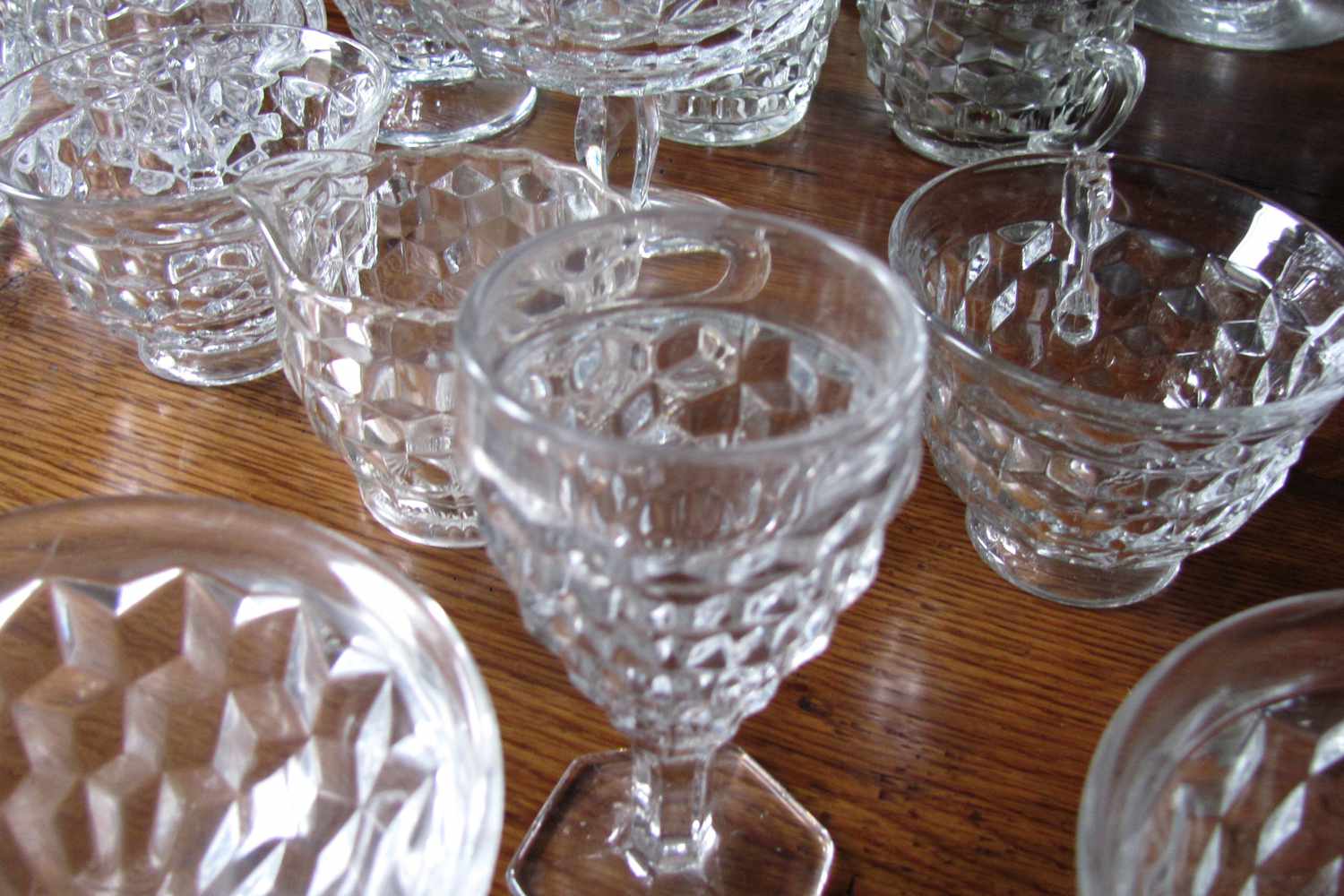
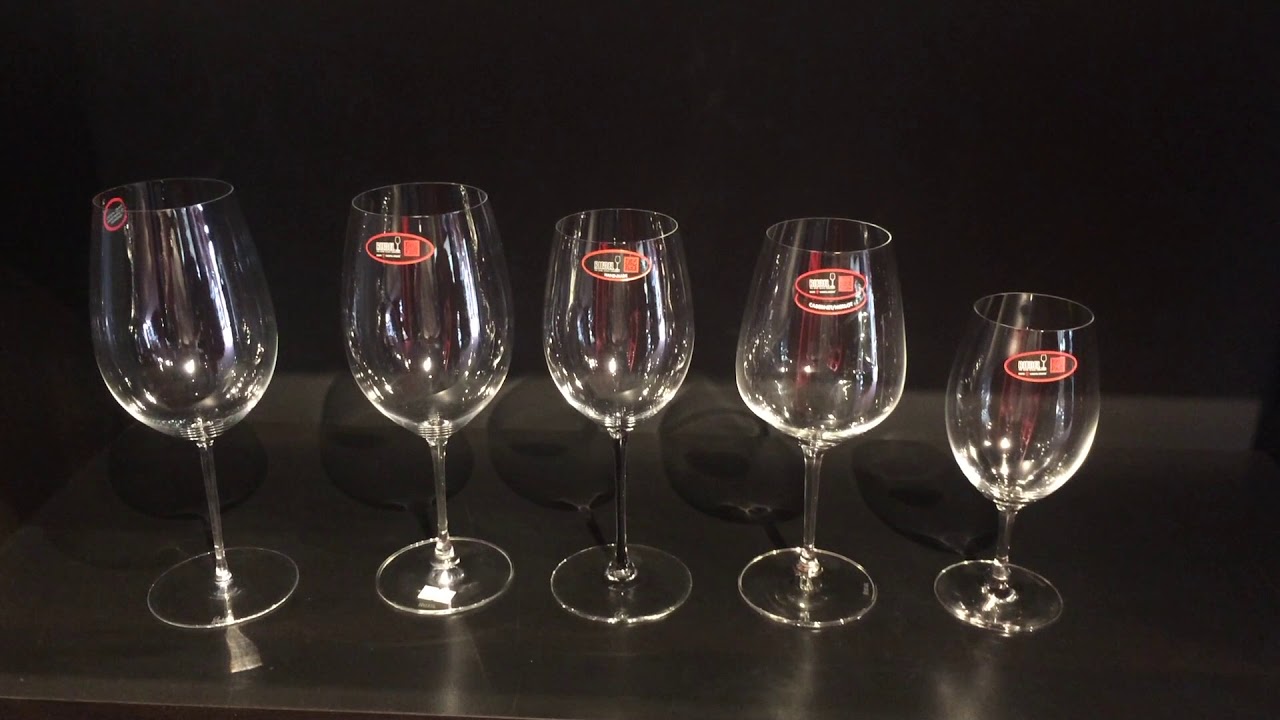
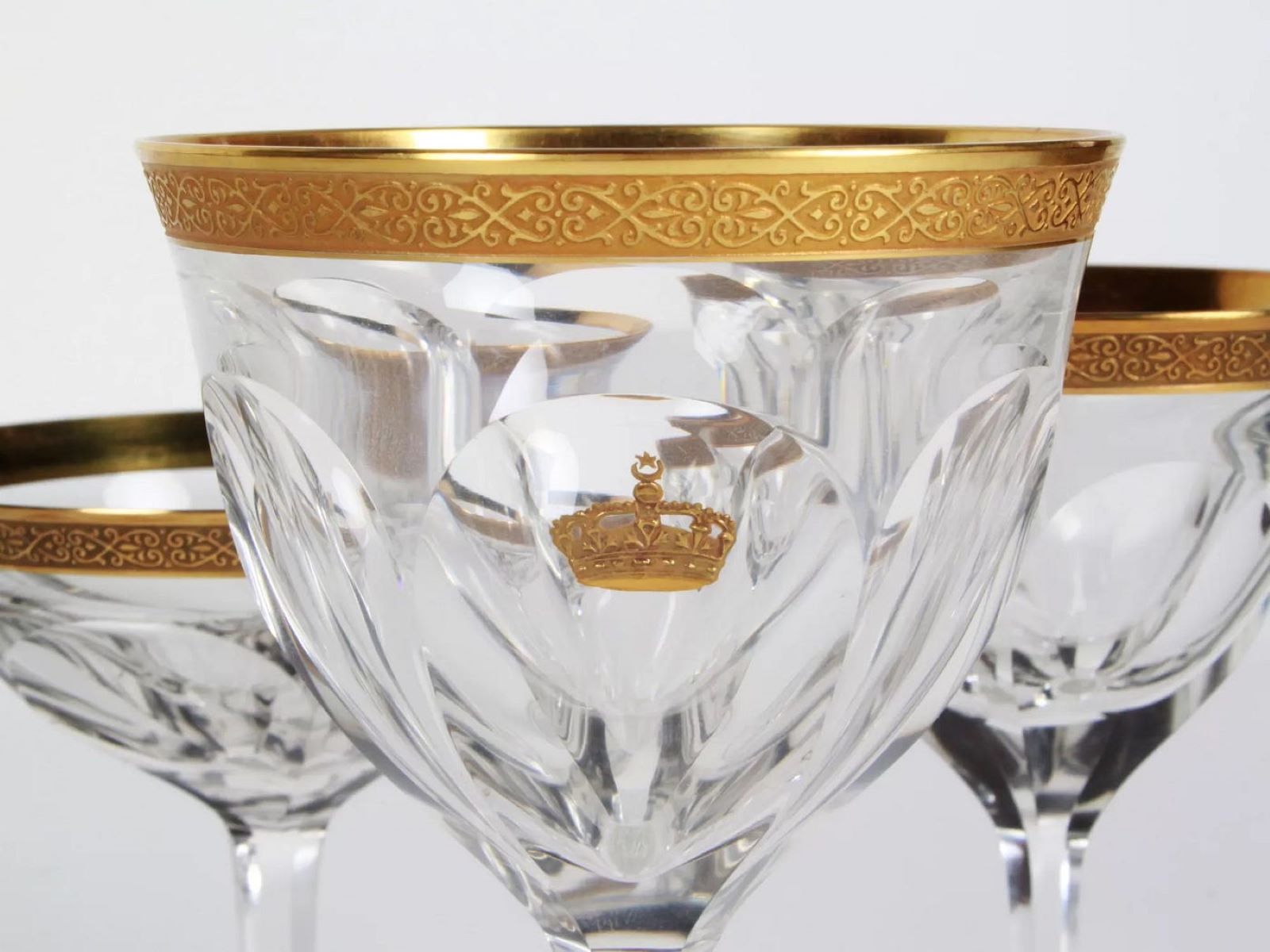
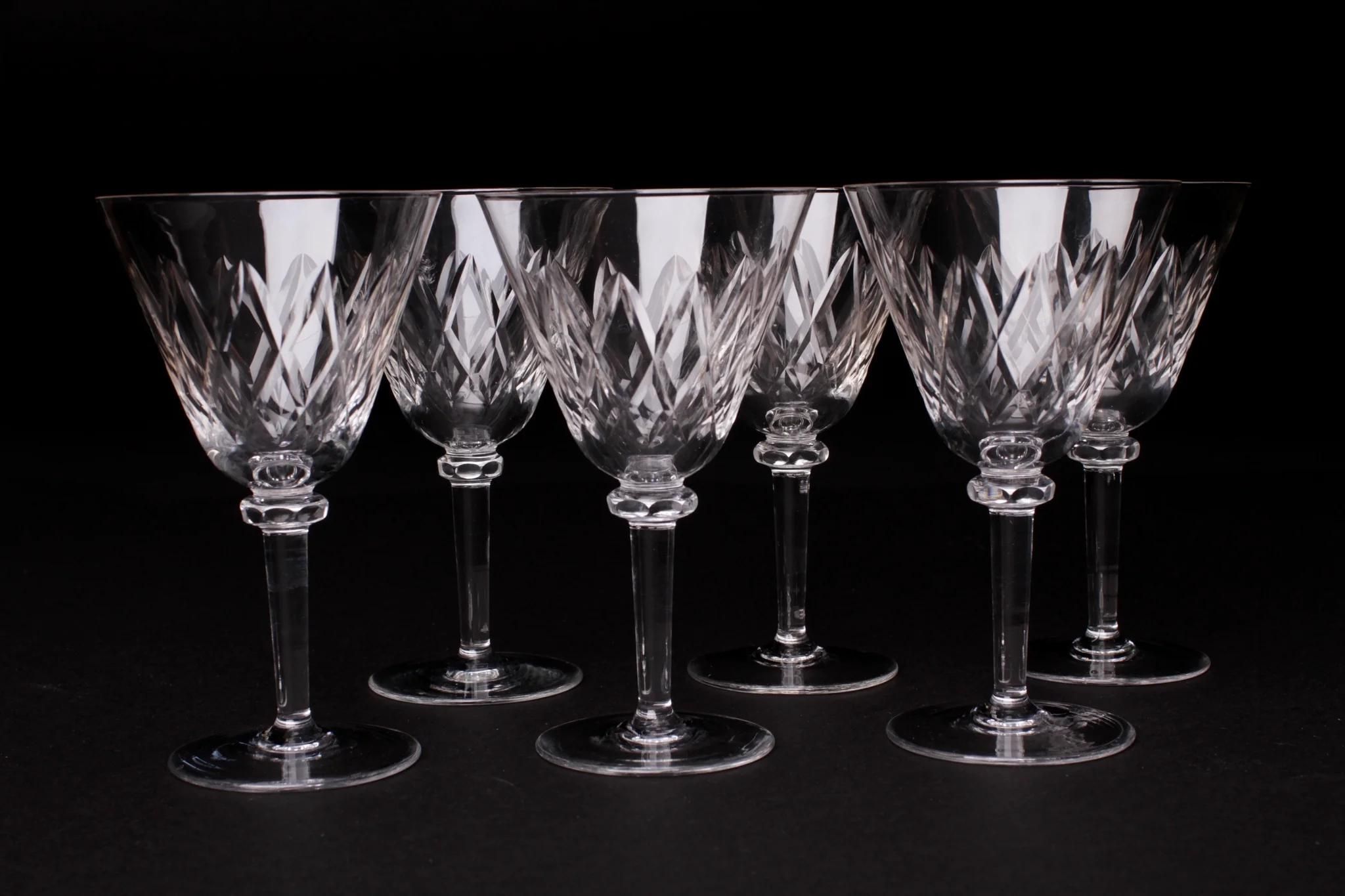
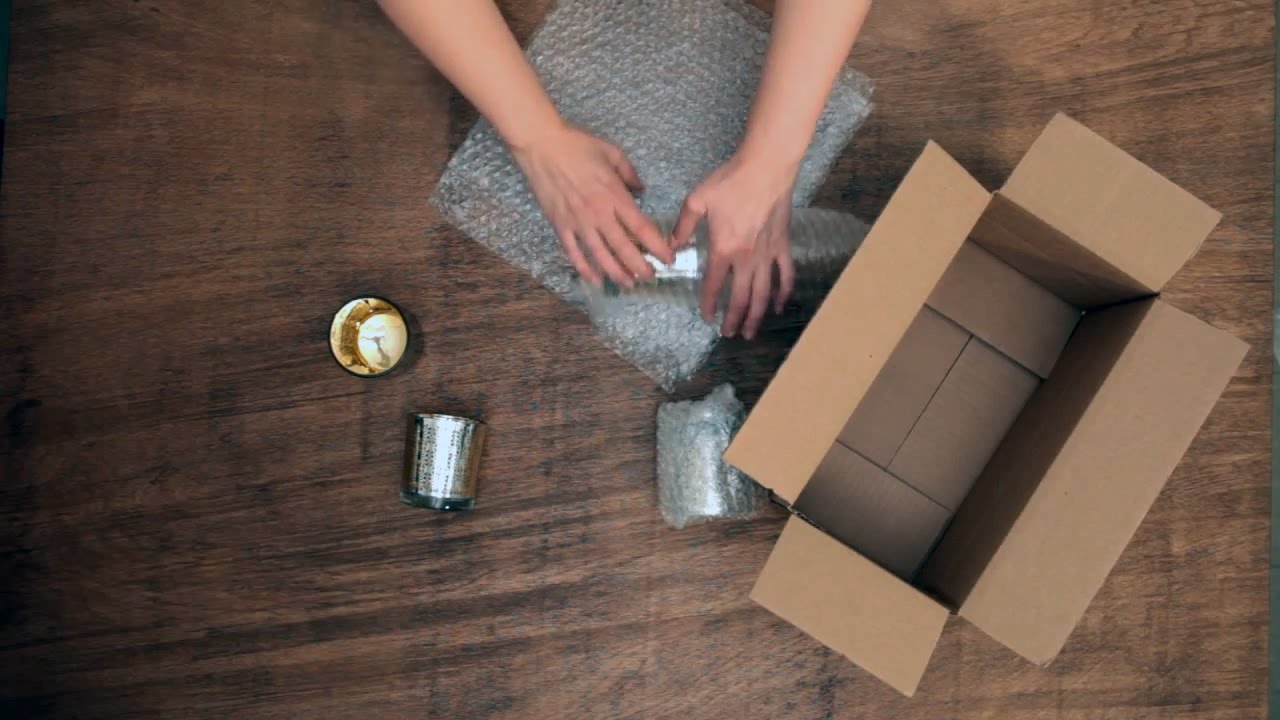

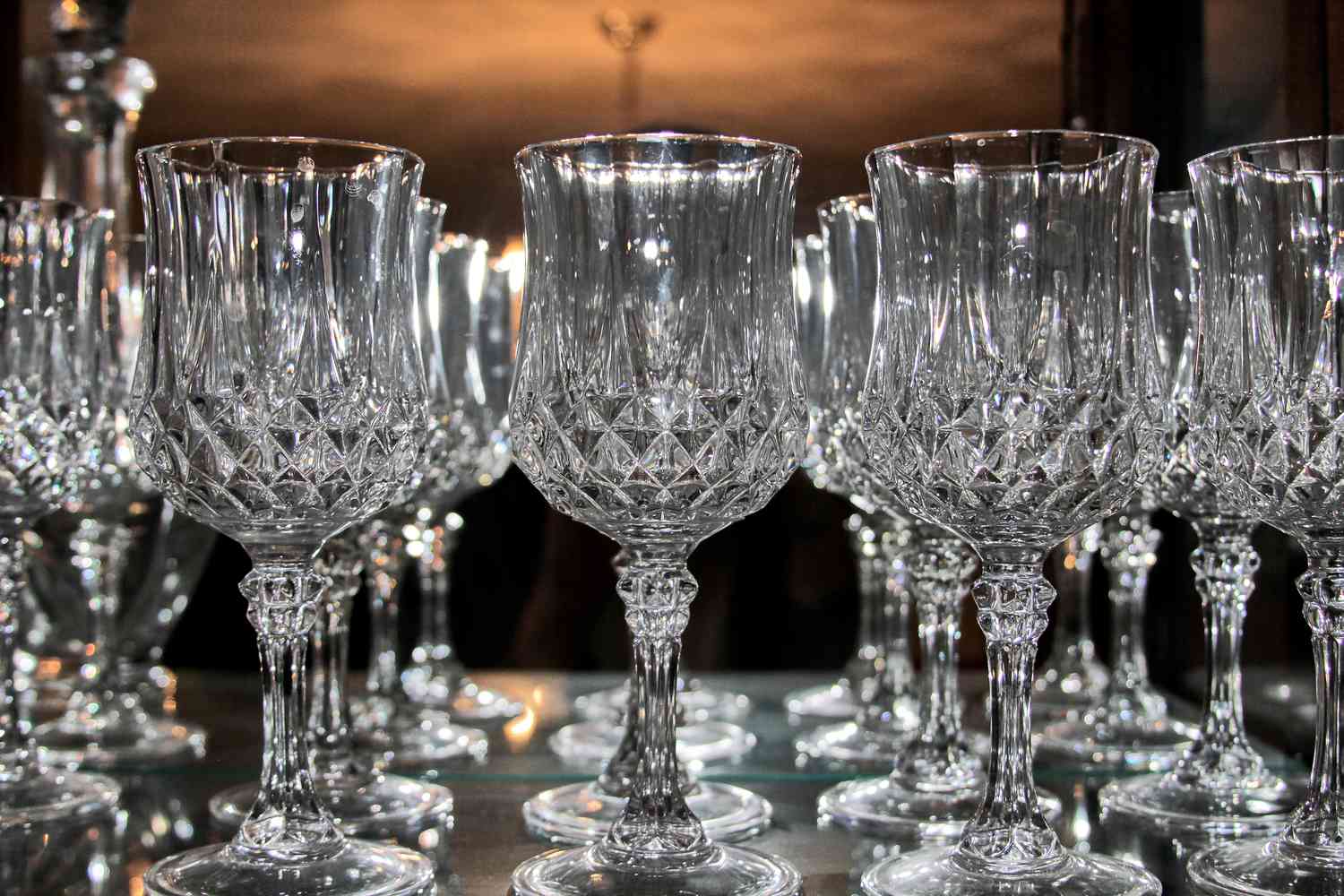
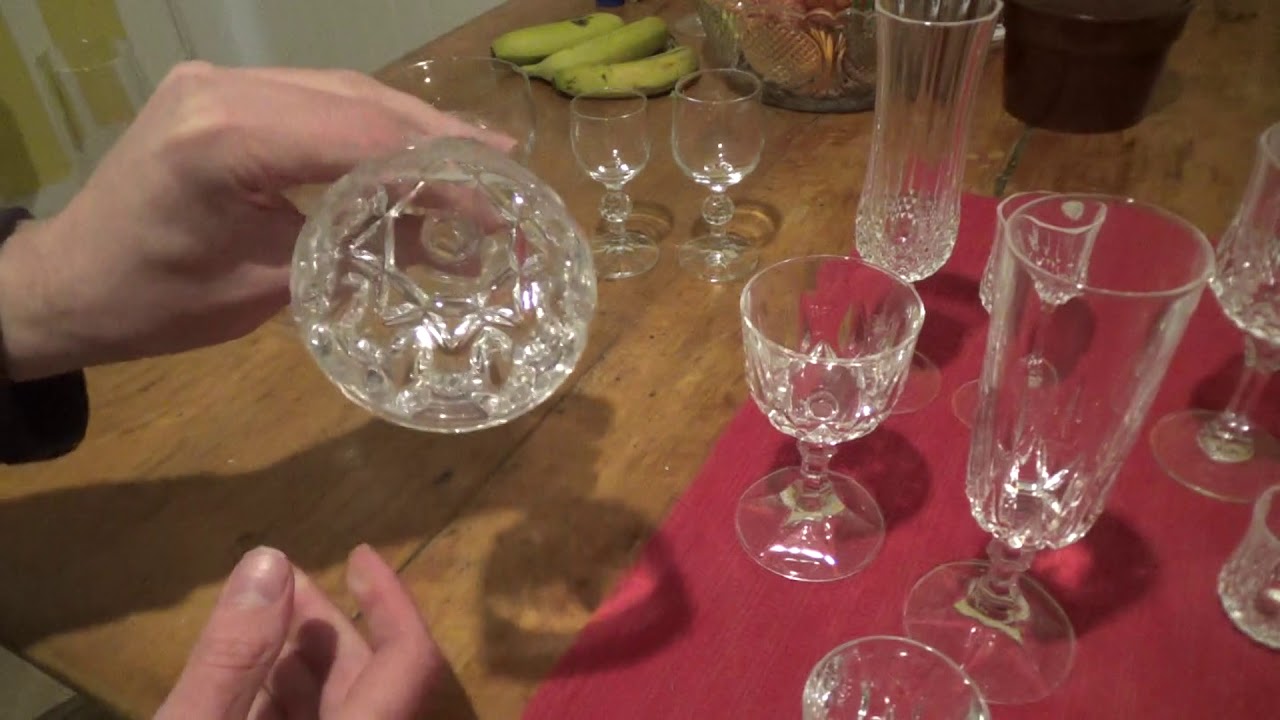
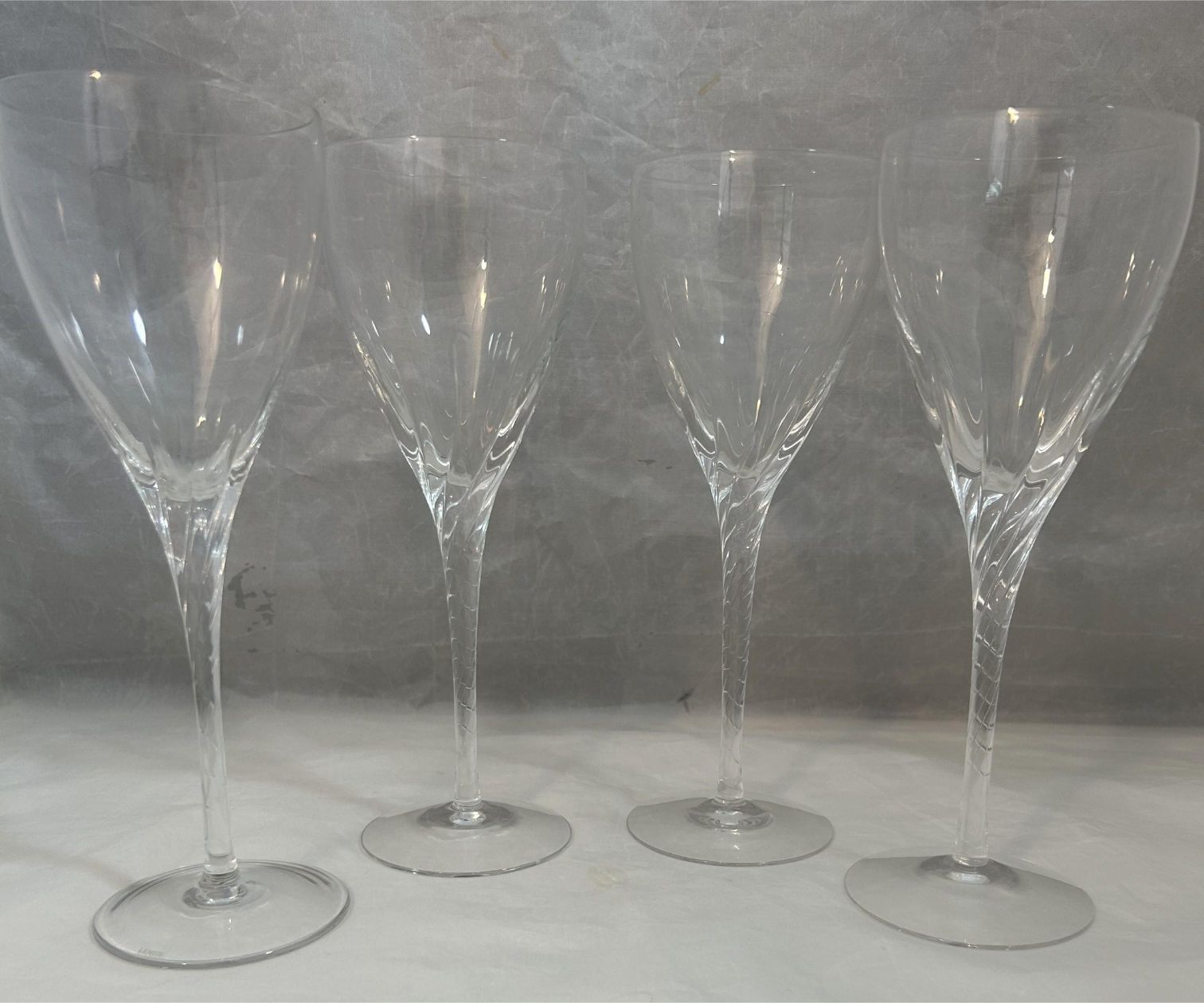
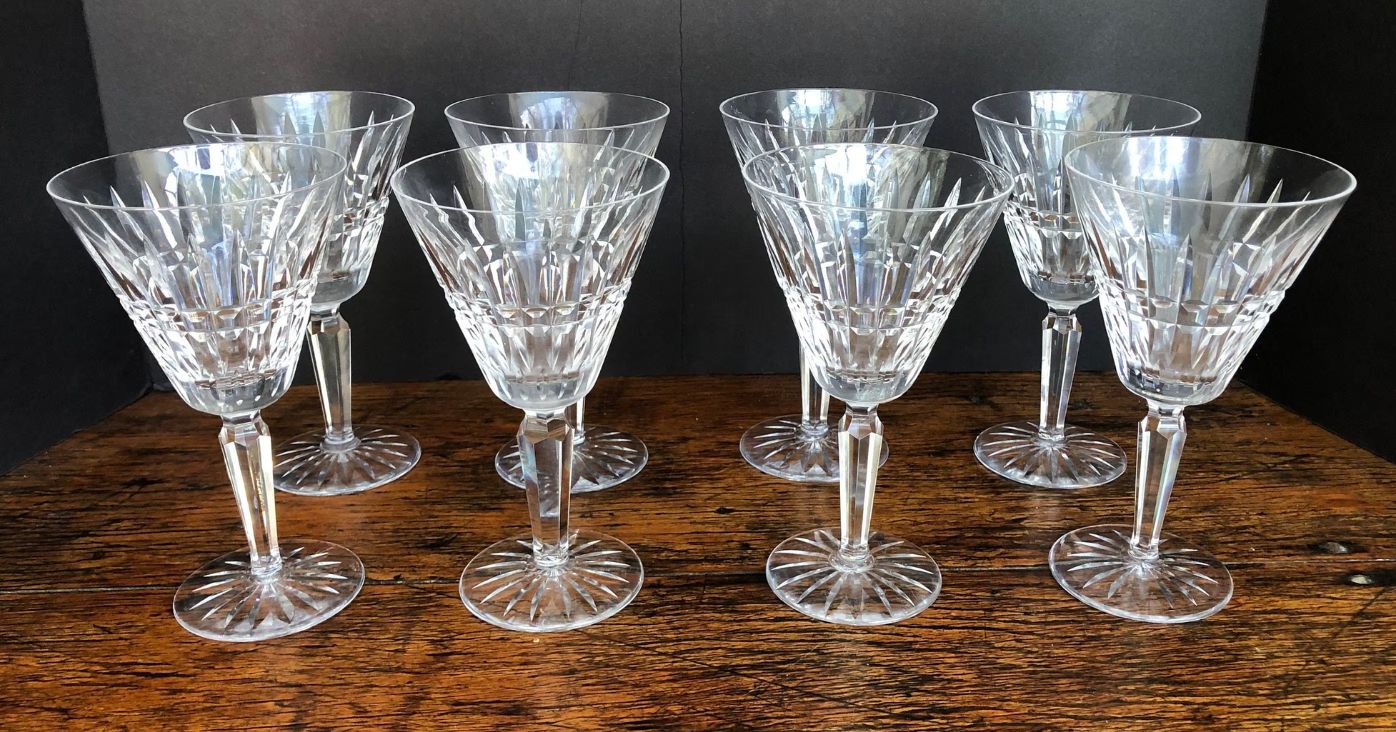
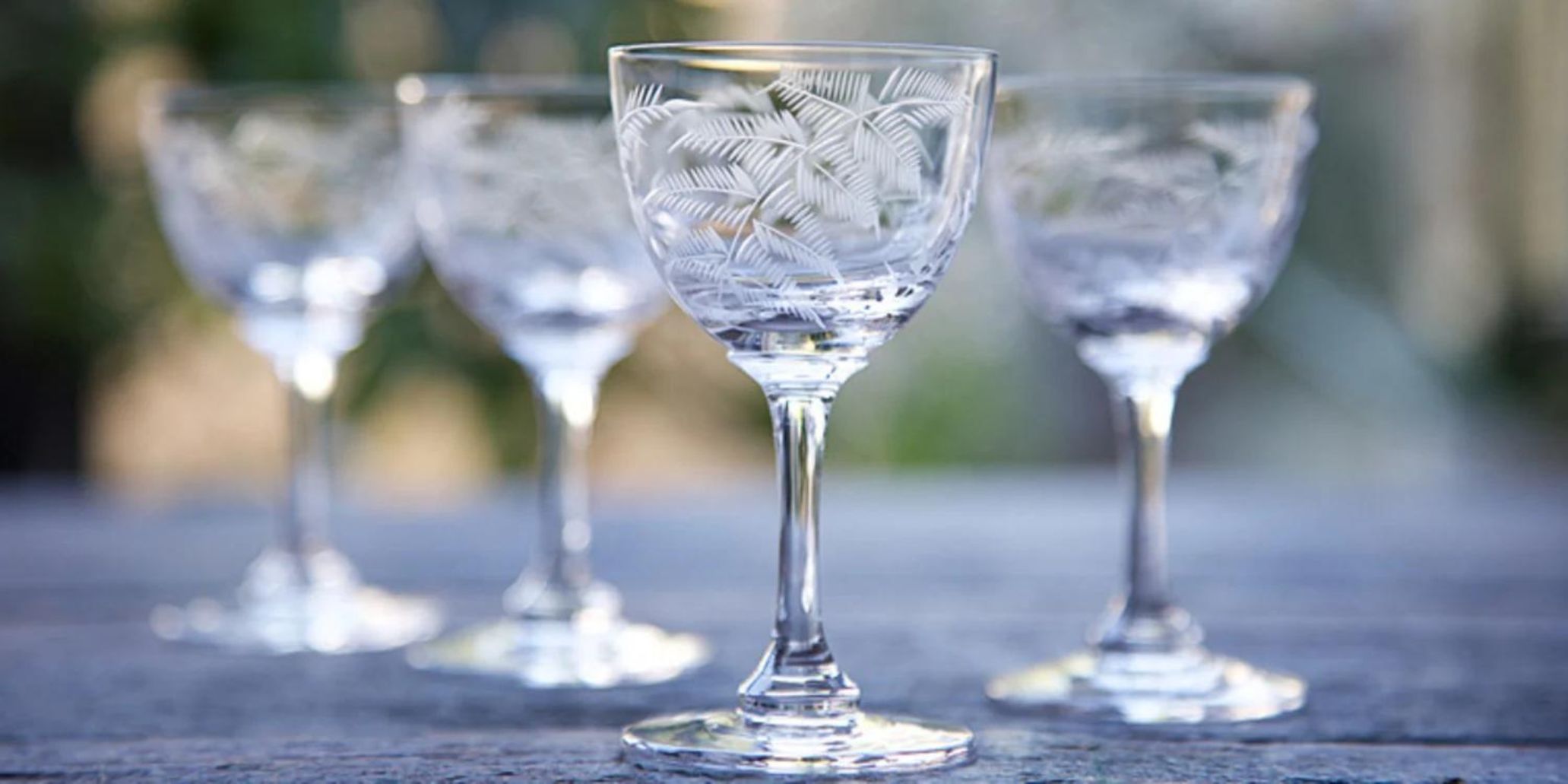
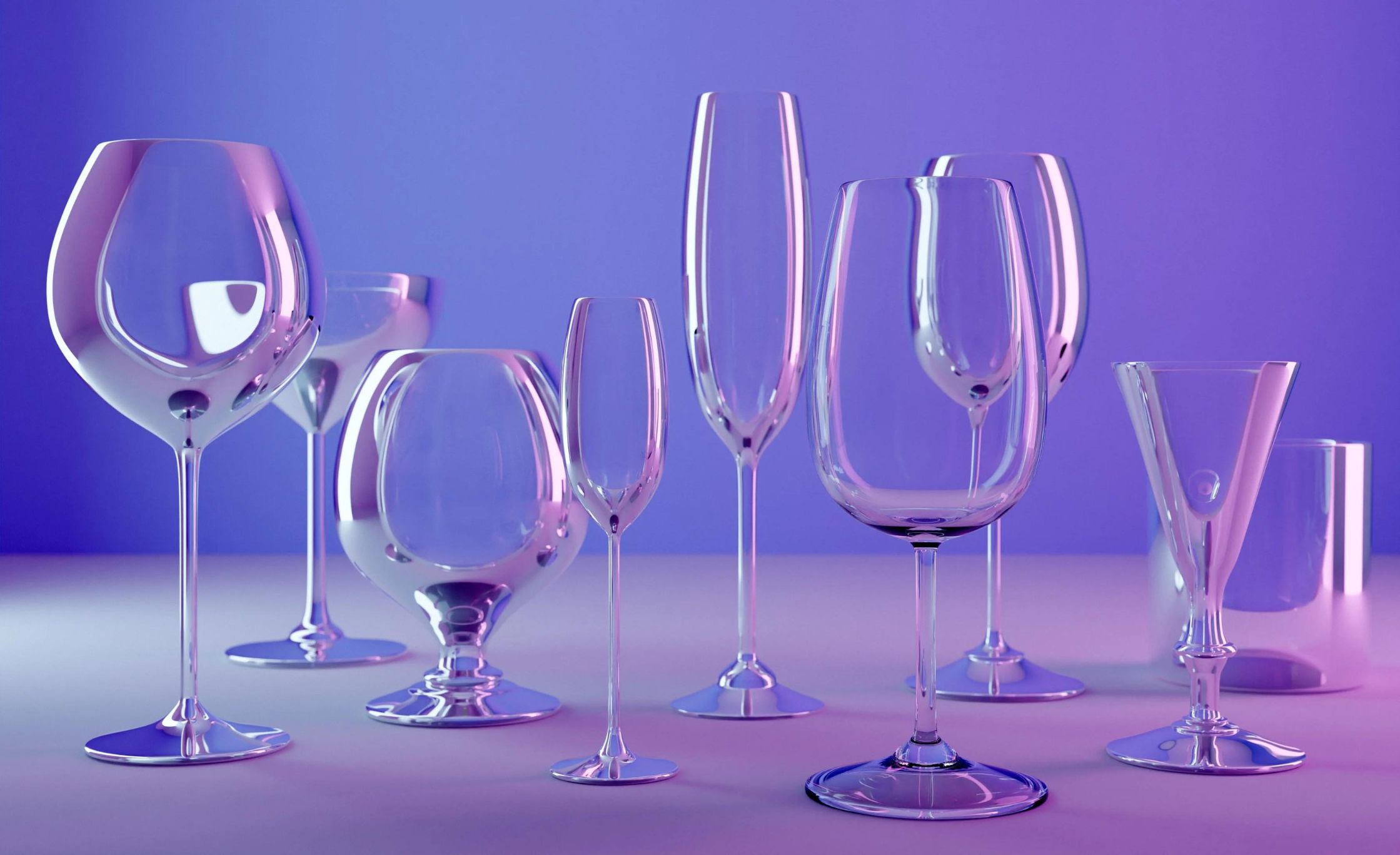
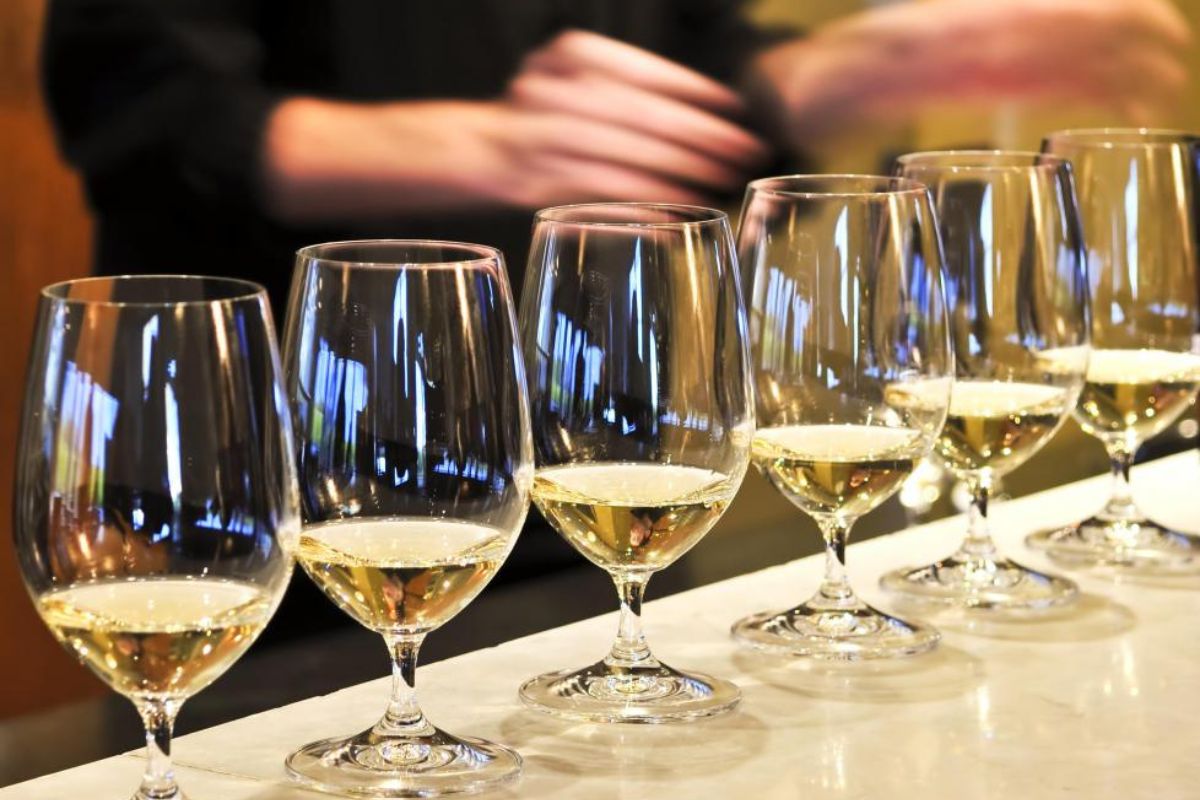
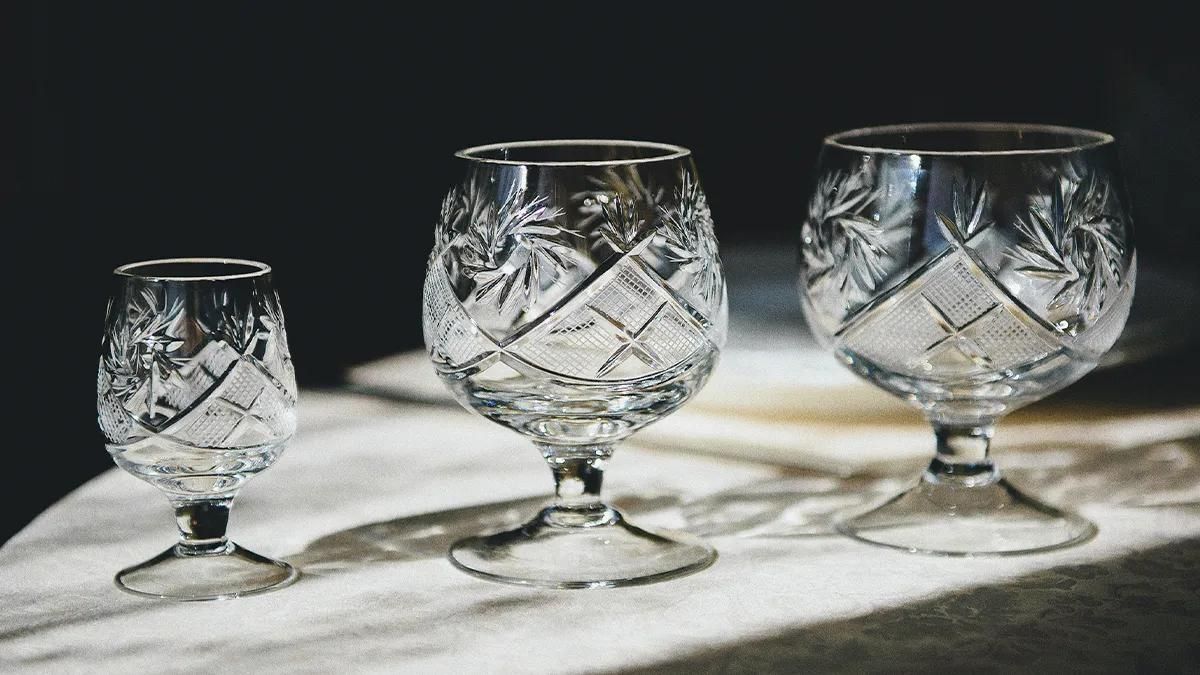

0 thoughts on “How To Identify Unmarked Crystal Stemware”